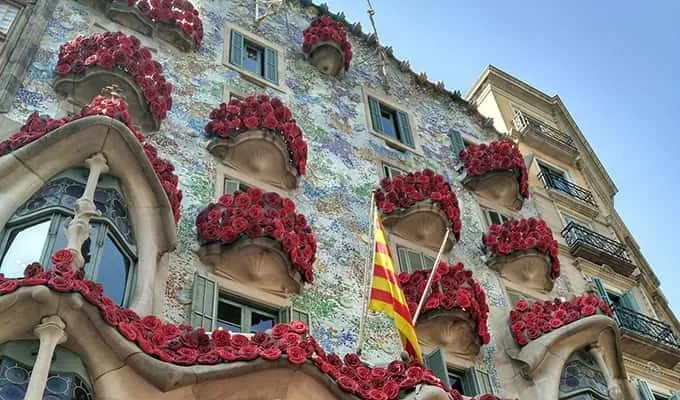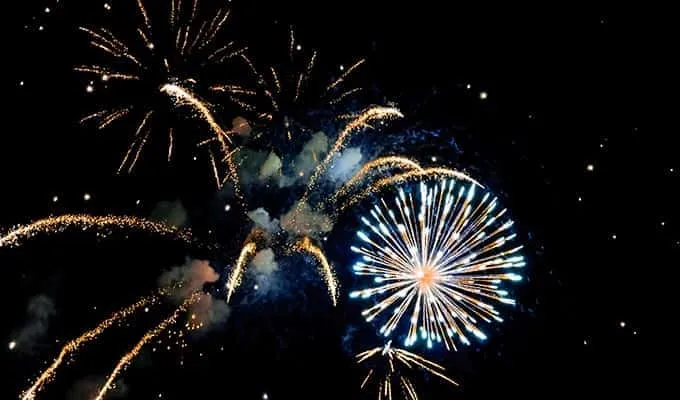Barcelona, Attractions
Barcelona's Palau Güell and other amazing House-Museums
In Cataluña you can find an endless supply of all kinds of treasures. Nature, architecture, entertainment, gastronomy… For example, Barcelona’shouse-museums such as Palau Güell, hotel Casa Fuster, Casa Felip, Casa de los Punxes and a long list of others.
Have you heard of these before? Do they sound familiar? If the answer is no, then don’t worry because it’s much more normal than you may think. It’s interesting that not even the people who have been settled in the city for years are fully conscious of their existence.
To be able to calmly appreciate the grandeur of Gaudi’s works, an organisation is always necessary, and this is where we can help you. At WeBarcelonawe have the perfect tours for discovering the true essence of the city.
In this post you will be able to discover the house-museums that are scattered all over Barcelona. We will show you which ones are the most valued!
[caption id="attachment_1492" align="aligncenter" width="680"] Roof of the Palau Güell[/caption]
Roof of the Palau Güell[/caption]
The essence of Barcelona spread out over its house-museums
If you are also someone who loves thrills and likes the idea of flying over the Sagrada Familia and Park Güell in a helicopter. Then prepare yourself for an unforgettable experience.
If, on the other hand, you would prefer to find out about Barcelona’s lesser-known historical corners, then we’ve also got what you need. At WeBarcelonawe have all that’s needed to offer you a totally personalised tour. We will make a tour that provides you with an exclusive experience on your holiday.
So let’s start the definitive list of Barcelona’s house museums>!
1· Palau Güell
Businessman Eusebi Güell assigned the work to architect Antonio Gaudi with the intention of using it as a home. This building’s most notable room is the concert room, as it has a built-in organ.
The same room stands out for its height, reaching approximately three floors. For this reason, this central room is the most important point in the whole house.
In the year 2011 it opened its doors to the public eye. Have you been yet?
Location: Nou de la Rambla, 3-5
[caption id="attachment_1493" align="aligncenter" width="680"] Casa Vicens[/caption]
Casa Vicens[/caption]
2· Casa Vicens
This work by the illustrious Antonio Gaudí, which was inaugurated in 1888, is one of the modernist buildings in Catalonia. It is in the Casa Vicens where we can find the first accessible roof, which stands out due to a small dome.
Its positive valuation meant that it was declared a UNESCO world heritage sitein 2005. When do you fancy visiting it the most?
Location: Carrer de les Carolines, 20
3· Hotel Casa Fuster
This prestigious hotel was made from the rehabilitation of a modernist building, the Casa Fuster. In this case, the person most responsible for the architectural work is the Catalan Lluís Domènech i Montaner.
But don’t think that this is an architect with little acclaim, as the truth is the complete opposite. Apart from having international recognition, another one of his works in the city is the Palau de la Música Catalana.
The material that stands out the most on this building is the marble, which is why for a long time it was considered one of the most expensive buildings in the whole of Barcelona.
Location: Paseo de Gràcia, 132
[caption id="attachment_4583" align="aligncenter" width="680"] Torre Bellesguard[/caption]
Torre Bellesguard[/caption]
4· Bellesguard Gaudí
Torre Bellesguard is one of Antonio Gaudí's architectural works, with a different style to what we are used to with Gaudí. To build this house, Gaudí took inspiration from a medieval castle.
It was built between 1900 and 1909 and it is accompanied by spectacular gardens and stone walls which make this area perfect for hosting weddings and even film shoots.
It's found on the outskirts of Barcelona, in the Serra de Collserola and its original name is Cas Figueras.
Location: Carrer de Bellesguard, 20
[caption id="attachment_4581" align="aligncenter" width="680"] La Pedrera – Casa Milà[/caption]
La Pedrera – Casa Milà[/caption]
5· La Pedrera – Casa Milà
If we had to choose which of Gaudí's buildings stirs up the most excitement among tourists, we'd narrow it down to three: La Sagrada Familia, La Pedrera and Casa Batlló.
It was built in 1900 and is right in the middle of Barcelona, on Paseo de Gracia. Back then, this area was one of the most popular with the city's wealthy bourgeois.
An interesting fact is that La Pedrera is one of the most popular buildings in the Catalan capital and has direct access to an underground air raid shelter.
Location: Provença, 261-265
6· Casa Amatller
This house museum is next-door to Casa Batlló and Casa Lleó Morera. If you look at the map at the beginning of this post, you can see that it's right in the middle of a disputed area.
The name “manzana de la discordia” (bone of contention) is given to this area in which there are five of Barcelona's characteristic buildings made by different architects. It was given this name due to the rivalry between the buildings' architects.
Casa Amatller was built byPuig i Cadafalch, who took inspiration from the style of typical Dutch houses in order to construct this most interesting and unique facade.
Location: Passeig de Gràcia, 41
[caption id="attachment_4579" align="aligncenter" width="680"] Casa de les Punxes[/caption]
Casa de les Punxes[/caption]
7· Casa de les Punxes
This modernist house is by Josep Piug i Cadafalch and you can find it in the Ensanche area of Barcelona, near the Verdaguer metro stop.
It was built by uniting three properties to create a single property in 1905 and occupies three blocks. Its peculiar towers are the reason for which this house got its name, La Casa de los Pinchos (The House of Spikes).
Its facade emulates a castle from the Middle Ages and is mainly made from brick and wrought iron. At We World Experience we like to point this house out for its stain glass windows of Eduard Amigó. Have you had a good look at them?
Location: Avinguda Diagonal, 420
8· Palauet Casades
This palace is currently the location of Barcelona's illustrious Colegio de Abogados (Law School). The architect responsible is none other than Antoni Serra Pujals and he designed it at the request of Pau Casades in order to establish residence in the middle of Esanche. An extension was added in 1950.
In honour of the college it represents, inside you can find a law library with more than 300,000 volumes.
Location: Carrer de Mallorca, 283

